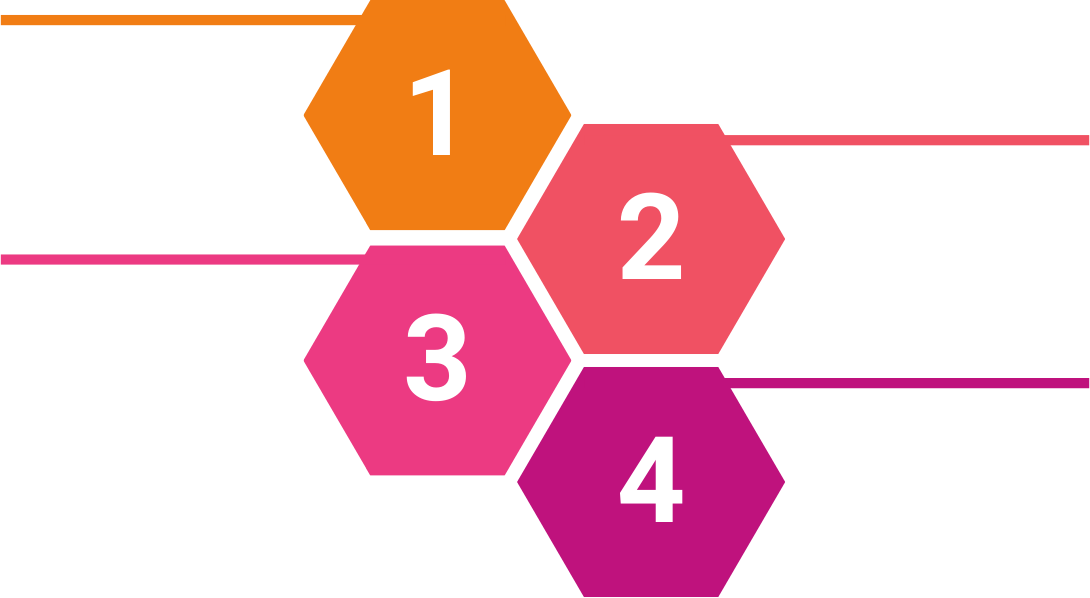Others rewrite.
We recover.
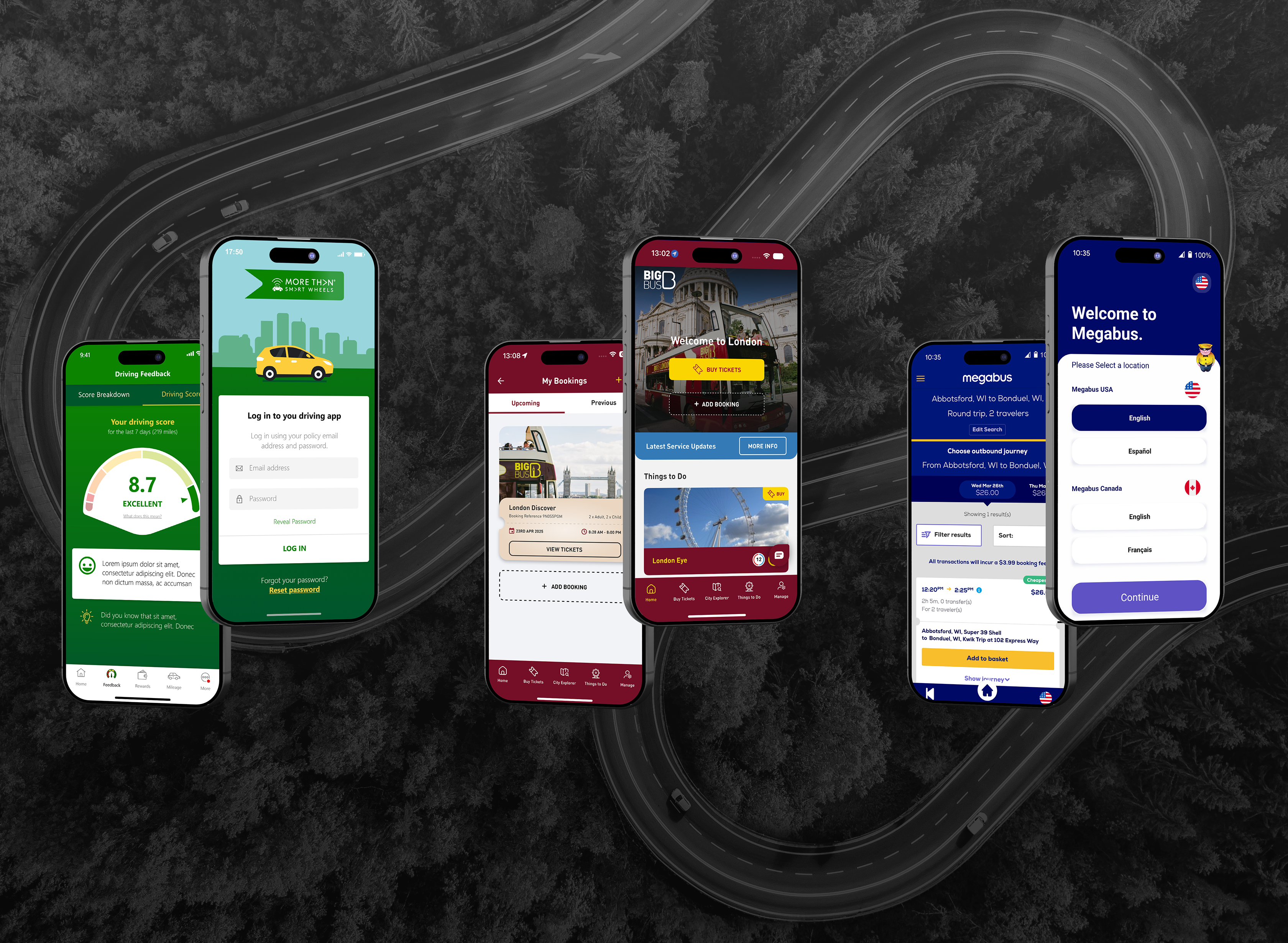
We’re a team of seasoned developers, architects, and problem-solvers who genuinely love untangling complex tech.
Brownfield is our comfort zone. We don't mind jumping into the messy middle, where code’s already been written, things aren’t perfect, and clarity is hard to come by. That’s exactly where we do our best work.
We're not here to push shiny rebuilds for the sake of it. We take a pragmatic, grounded approach to helping teams make the most of what they’ve got, with smart fixes, clean strategy, and honest conversations.
If it’s broken, we’ll figure it out. If it's unclear, we'll find clarity together and if it’s worth rebuilding, we’ll help you do it right.

We’ve been down this road many times, guiding tech leaders, founders, and teams who felt stuck, frustrated, or overwhelmed by the state of their apps. No matter how messy it looks right now, there can be a clear path forward.
Here's how we help you find it:
Start with Clarity
First, we listen. Before any code is touched, we start with an App Audit, a full health check of your app's reality, not just what’s on the surface. We map out what’s broken, what’s working, and what’s worth saving. You’ll get a no-nonsense, no-jargon report giving you clarity, confidence, and options, often for the first time in a long time.
Because the worst feeling in tech leadership is not knowing. We fix that, first.
Choose the Right Pathway
With real clarity in hand, you don’t have to guess your next move. Together, we’ll decide which journey your app needs to take:
No scare tactics. No upselling. Just the right path for where you are and where you want to go.
Follow a Trusted Process
Whatever the path, our method stays the same. It's how we’ve helped dozens of businesses recover control and build real momentum:
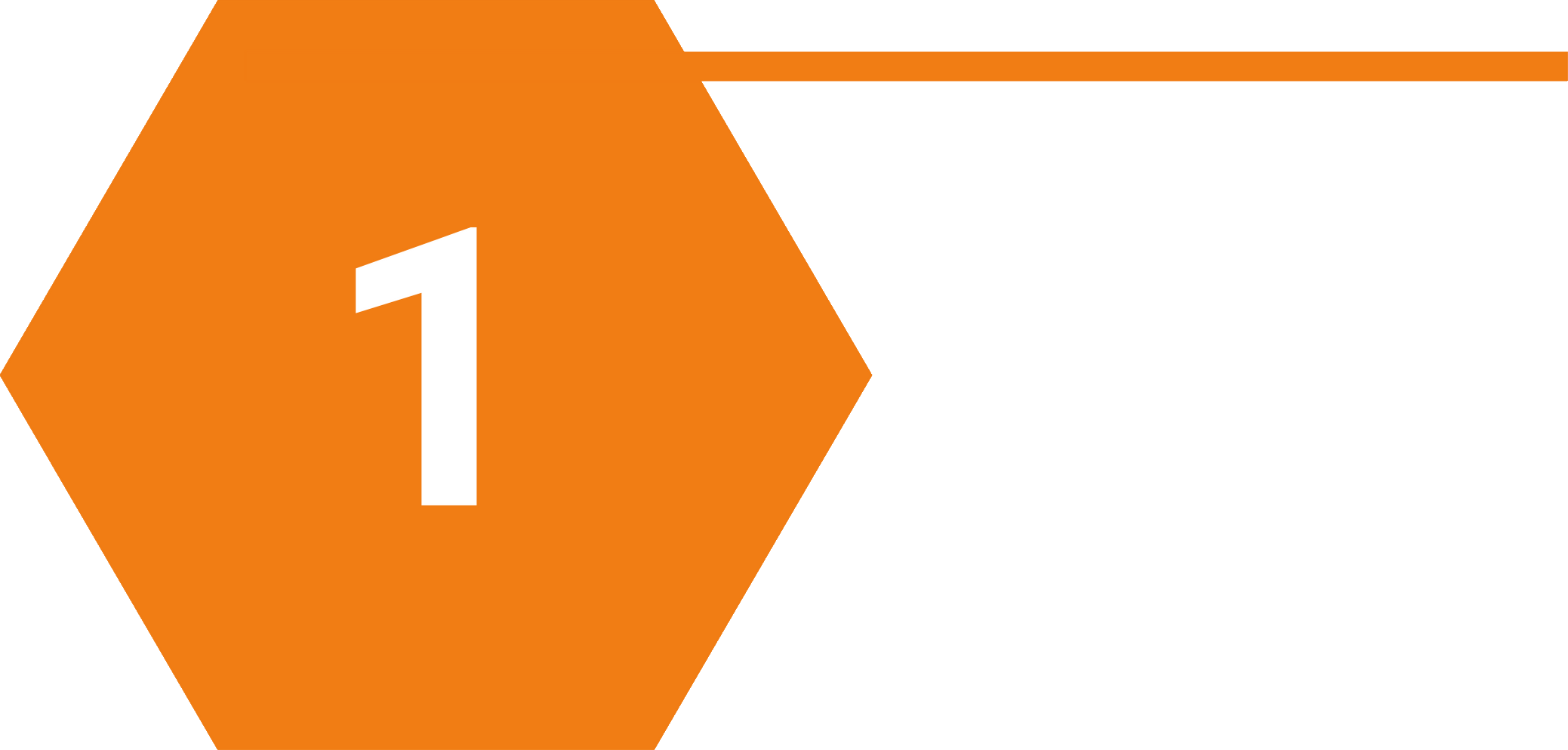
We dig into your app's code, performance, and stability. You'll get an honest report on what's working, what's not, and the best path forward.
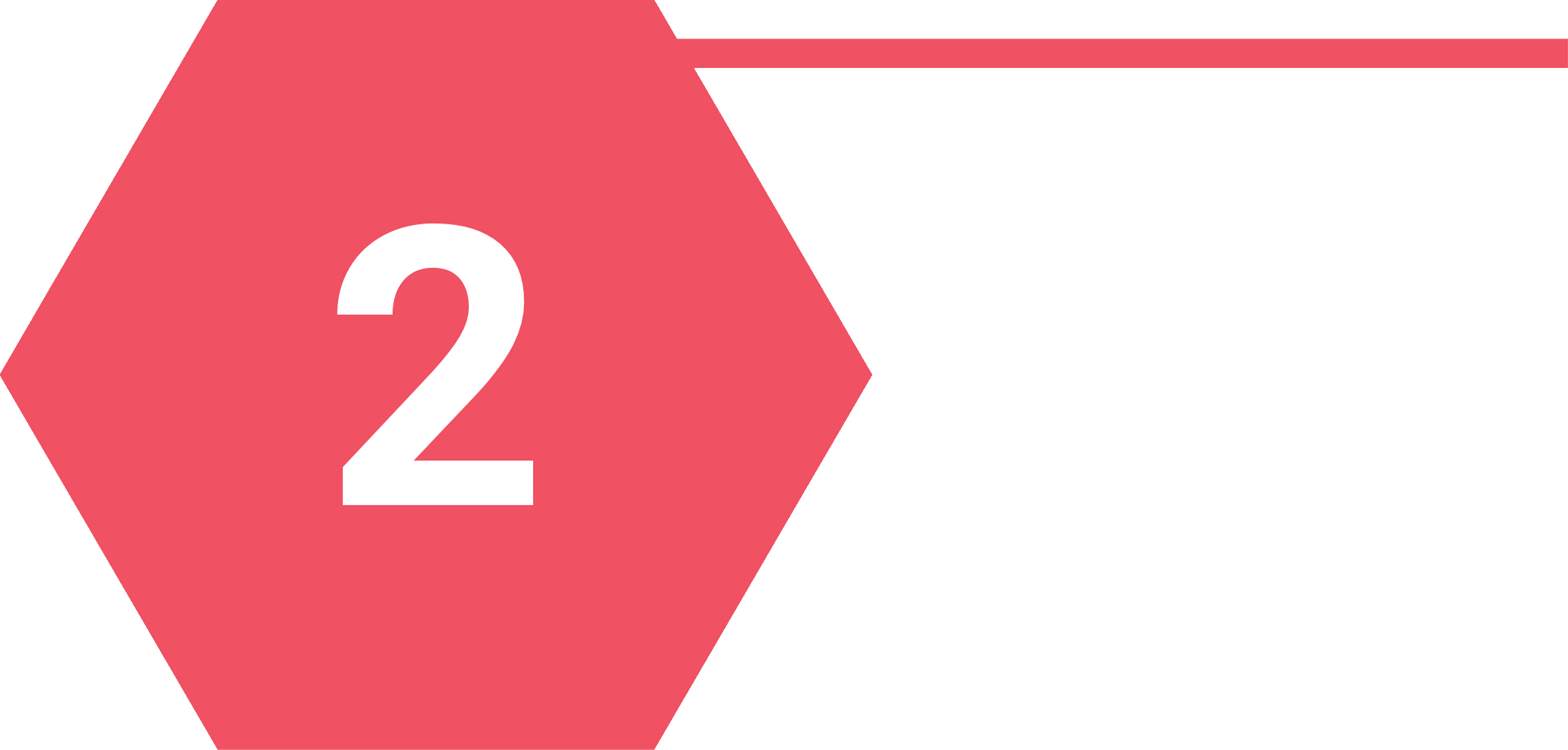
We step in, stabilise, and take ownership of your app without disruption or finger-pointing.
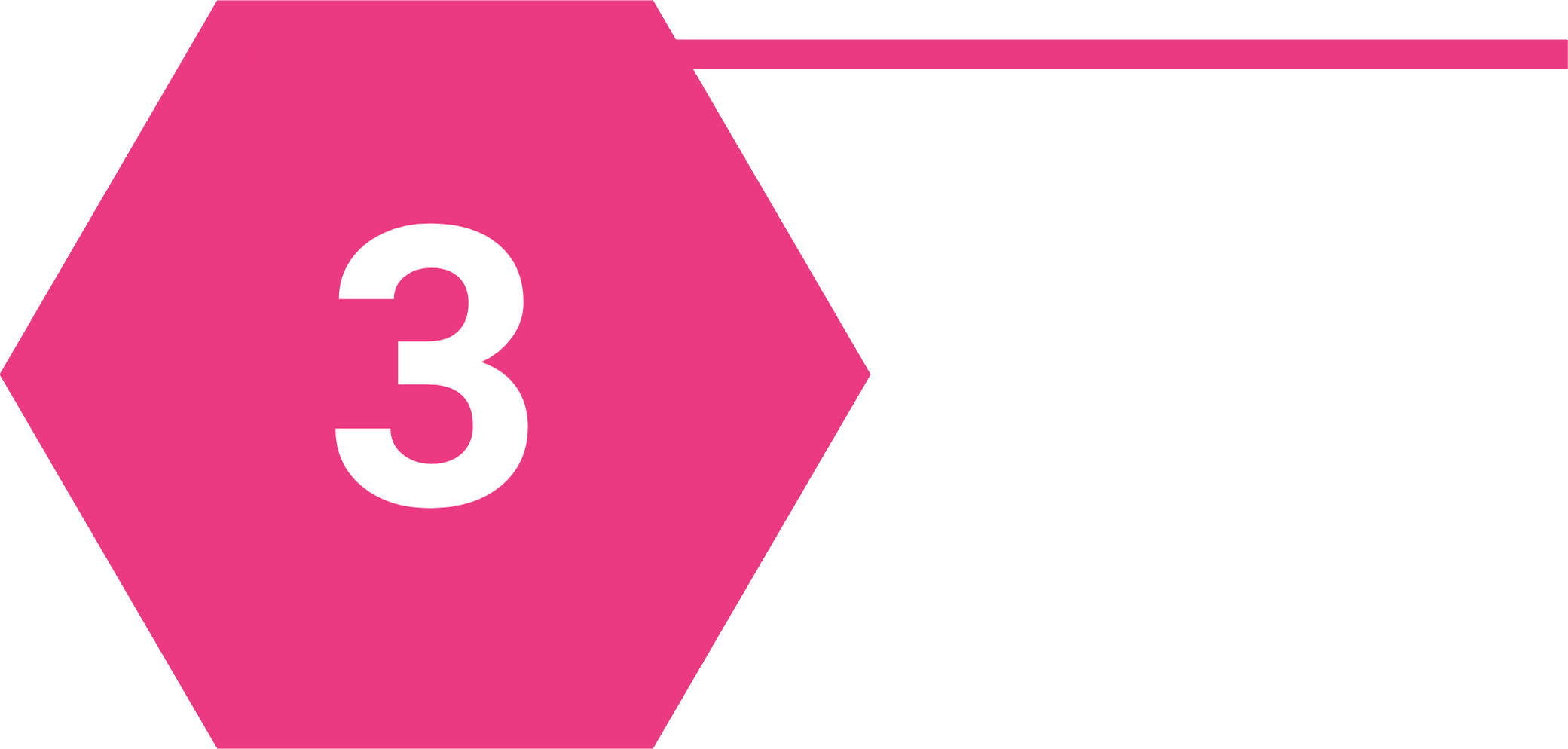
We fix the hidden issues, untangle the complexity, and make sure your app stands strong.
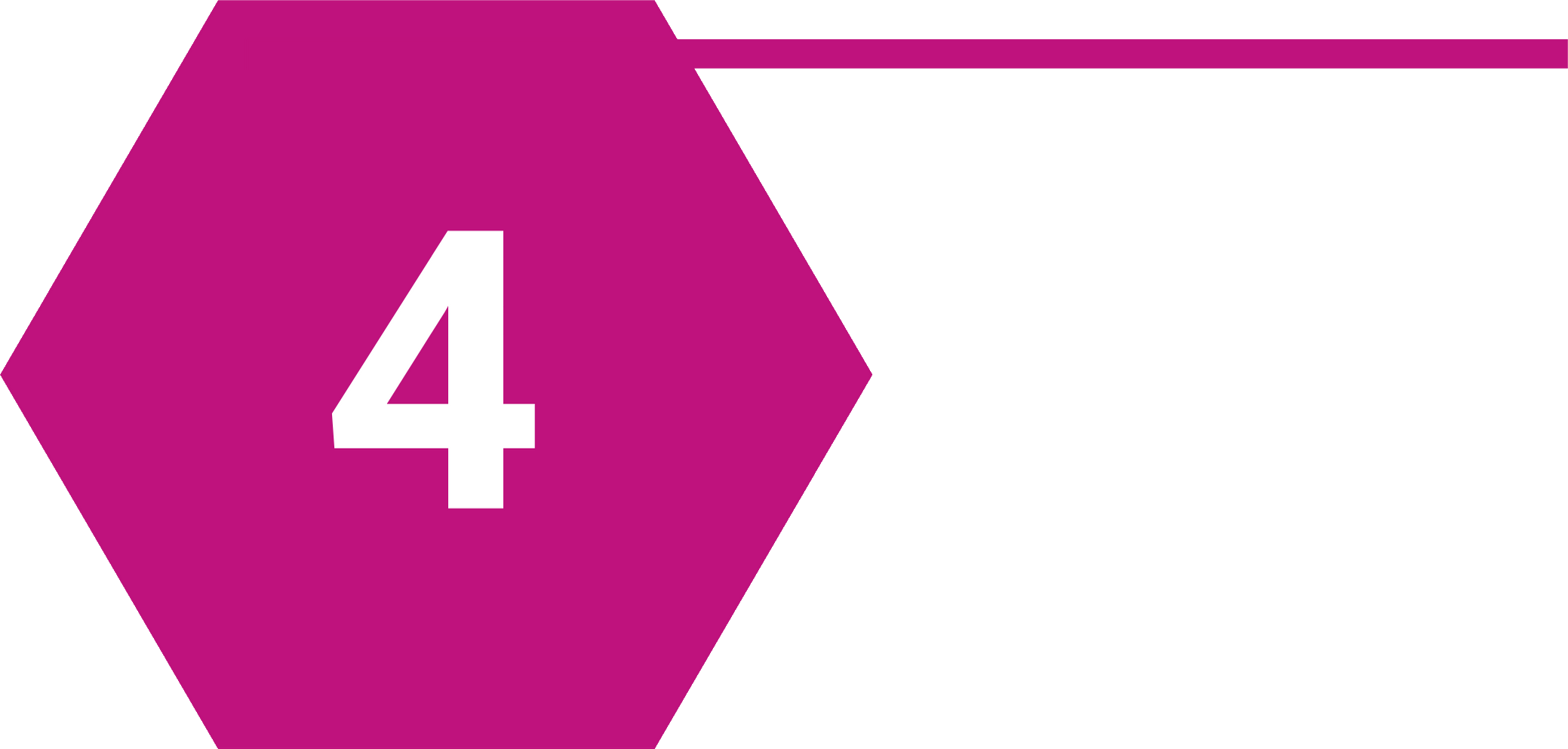
We work with you to plan not just what’s next, but what’s best, creating a future-proof plan that's ambitious, but achievable.
We do long-term success, step by step, sprint by sprint.
It’s a journey we’ve taken many others on and one we’re ready to walk with you.
Solving <Real/> Problems
Our work speaks for itself. Here’s how we’ve helped others turn messy into manageable.

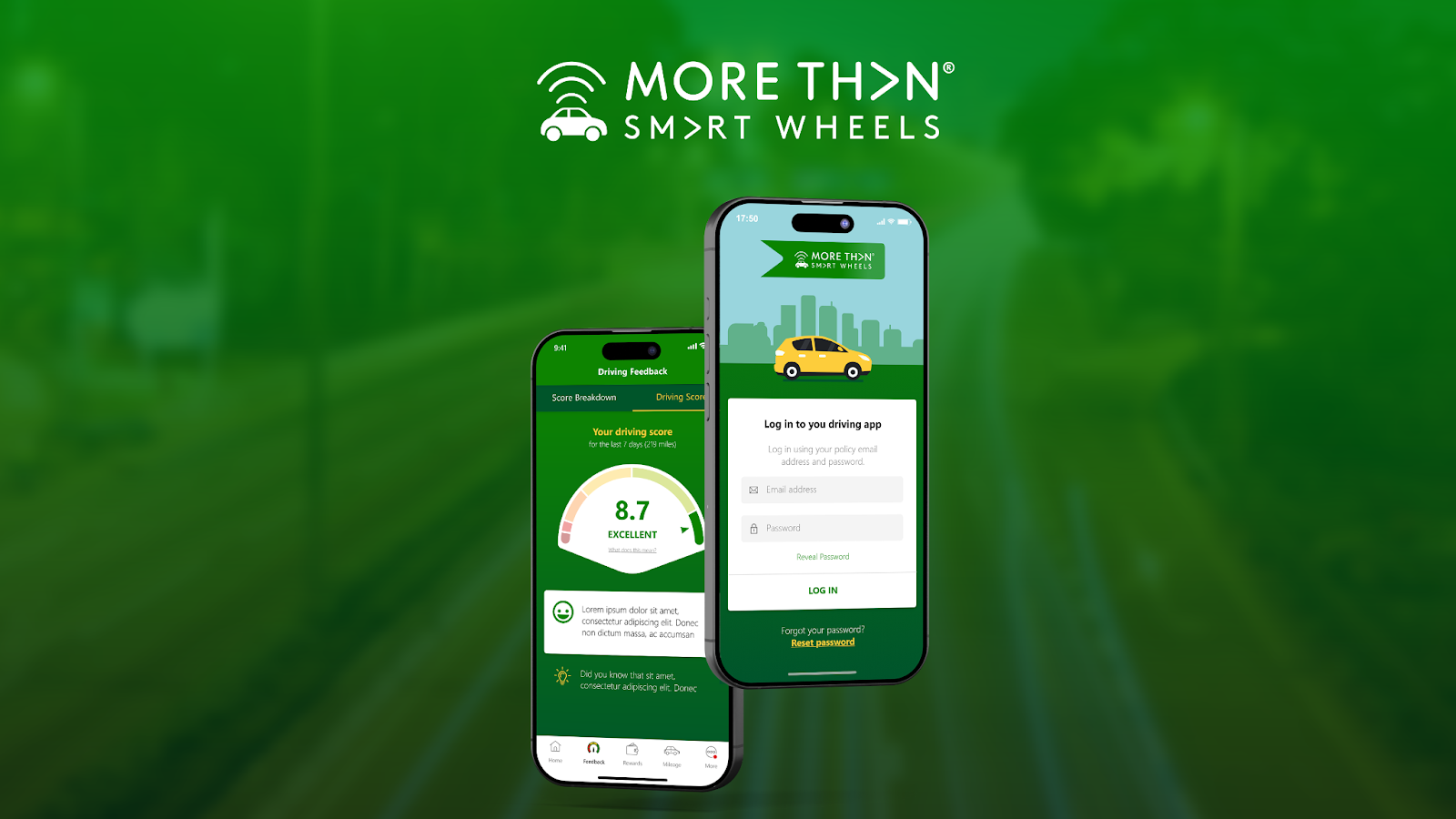
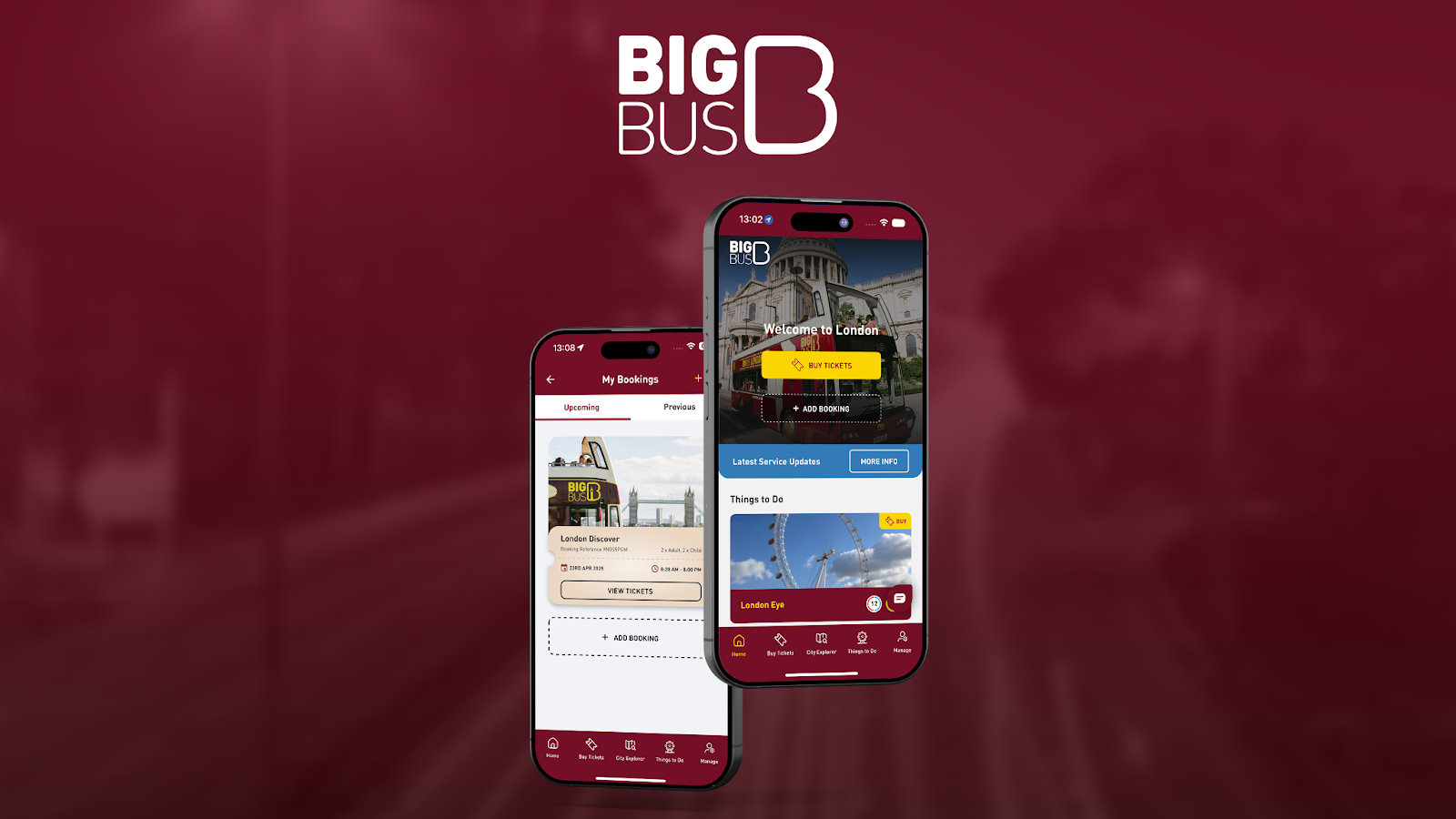
We work with teams in all kinds of situations but these are the three we see most often.
When everything’s on fire
Live issues. Missed deadlines. A past partner who’s vanished. If your app’s breaking and trust is low, we move fast to fix, stabilise, and get you breathing again.
Use our Maintain service to get help fastWhen you’ve inherited the chaos
You didn’t build it, but now it’s your problem. We help you untangle the unknowns, make sense of the codebase, and finally get a plan in place.
Evolve your app from chaos to clarityWhen the momentum is missing
The team has lost direction. The roadmap is out of date. We’ll bring clarity, strategy, and help you turn legacy into leverage.
Let us look under the hood and decide if a Rebuild is the right pathIndiespring is a UK-based team of app specialists with over 15 years of experience in the field. We’re not a dev factory, we’re a hands-on, sleeves-rolled-up partner for teams who care about doing things right.
Why people stick with us:
- Real conversations, no fluff
- Stable, senior team (no outsourcing roulette)
- Fast, transparent delivery cycles
- Long-term support you don’t have to babysit
where we do our
{best} work
Some industries come with a unique mix of complexity, legacy systems, and constant pressure to keep things moving.
We know, we’ve been there too.
Over the years, we’ve worked with businesses where reliability isn’t a nice-to-have, it’s non-negotiable. Where delays cost money, bugs cause chaos, and outdated code can’t just be ignored. These environments demand a partner who can pick things up fast, make sense of the mess, and deliver without disrupting the flow of business.
That’s where we come in.
Whether it’s a logistics platform managing thousands of daily journeys, or a customer-facing tourism app with seasonal spikes and no room for error, we specialise in stepping into high-stakes systems and making them stronger. We understand how to modernise without pressing reset, how to fix what’s critical without throwing away what’s working, and how to move forward with clarity, not chaos.
We’ve built trust with product teams, CTOs, and non-technical leaders alike by doing one thing well: turning ageing or underperforming apps into stable, scalable, and valuable assets quickly and without unnecessary rebuilds.
These sectors are just two examples where we’ve made a big impact and where we’re ready to do the same for you.
Whether it’s a customer-facing app for journey planning or a behind-the-scenes platform tracking vehicles, deliveries, or fleet data we know the stakes are high. There’s no room for downtime, and speed matters.
We help transport and logistics teams stabilise old code, improve user experience, and roll out features faster without starting from scratch.
Highlights:- Fleet tracking & mobile workforce apps
- Real-time performance dashboards
- UX improvement on legacy systems
- Case study: Megabus
Bookings, itineraries, ticketing, seasonal surges, apps in this space do a lot, often built on tech that’s evolved over time (and not always in a straight line).
We bring clarity and performance to tourism apps that need to scale, integrate, or simply work better. Think less firefighting, more future planning.
Highlights:- Customer journey improvements
- Integration with booking and payment systems
- Feature delivery on live apps
- Case study: Big Bus Tours

Featured Success Story
“Indiespring helped us transform the passenger experience.Their real-time solution answered the two questions our customers cared about most: Where’s my bus? and Will there be space when it gets here? Reliable, innovative, and laser-focused on delivery.”See the Full Story
-- Big Bus Tours
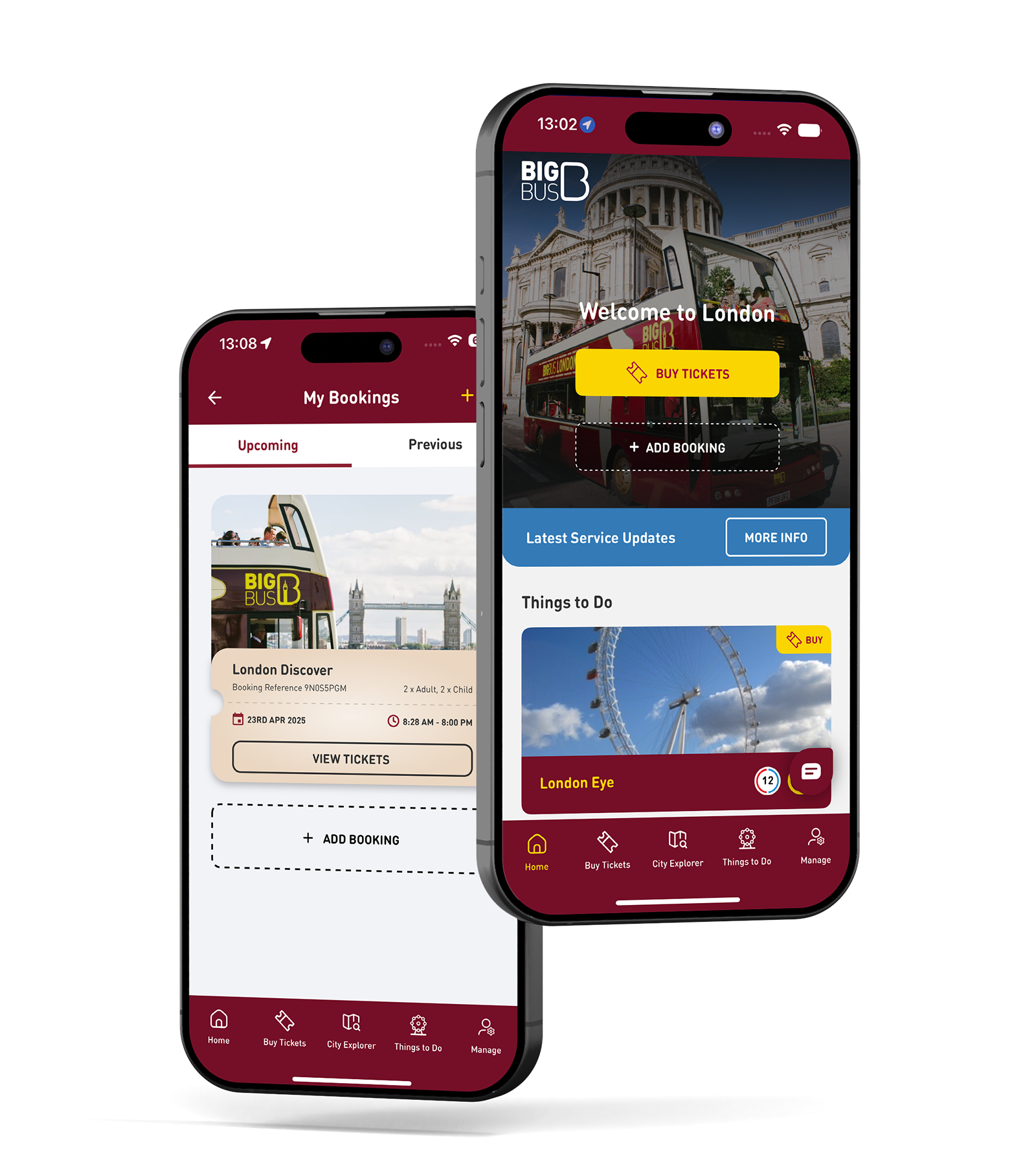
Book a no-pressure call to talk through your app’s situation — and how we’d approach it.

